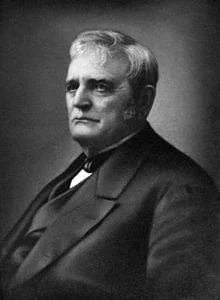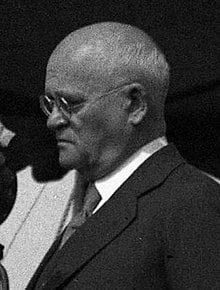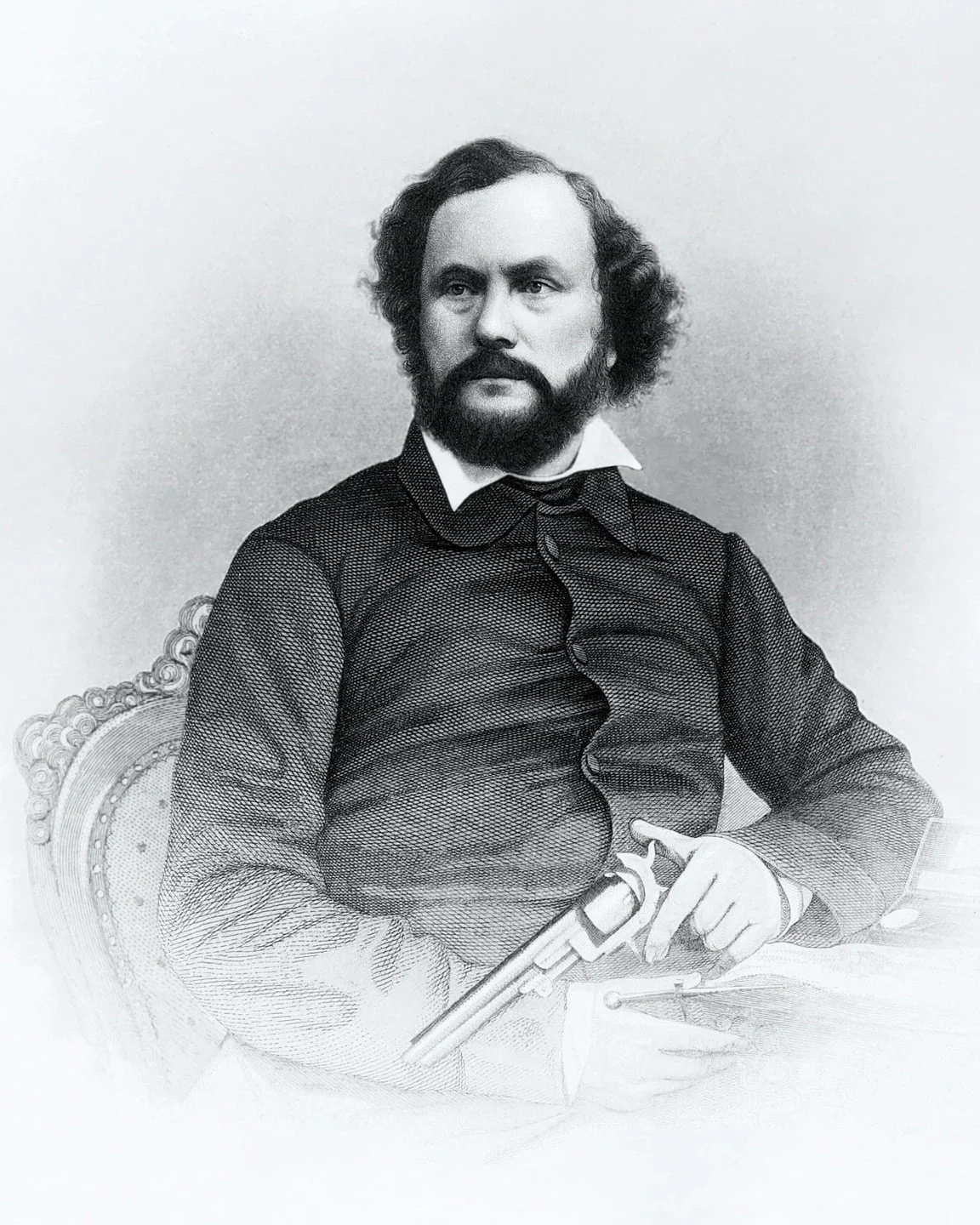Real Celebrities Never Die!
OR
Search For Past Celebrities Whose Birthday You Share

source:wikipedia.org
Donald Wills Douglas Sr.
Birthday:
06 Apr, 1892
Date of Death:
01 Feb, 1981
Cause of death:
Unknown
Nationality:
American
Famous As:
Engineer.
Age at the time of death:
88
Early Life and Passion for Aviation
Born on April 6, 1892, in Brooklyn, New York, Donald Wills Douglas Sr. wasn’t destined for an ordinary life. He possessed a deep fascination with aviation from a young age, fueled by the Wright brothers’ pioneering flights at Kitty Hawk in 1903. This early spark ignited a lifelong passion that would lead Douglas to become one of the most influential figures in aviation history, designing and building aircraft that would revolutionize commercial air travel and touch the lives of millions around the world.
Childhood and Education
Douglas’s childhood was shaped by a thirst for knowledge and a love for tinkering. He excelled in academics and spent his free time building model airplanes, meticulously crafting miniature marvels that foreshadowed his future achievements. In 1909, Donald Wills Douglas Sr. entered the United States Naval Academy, driven by a desire to learn about aeronautics and contribute to the nascent field of military aviation. While at the Academy, Douglas continued to hone his skills in aircraft design and construction, even building a full-scale glider that, although unsuccessful, cemented his dedication to taking to the skies.
Early Ventures in Aviation
Leaving the Academy before graduation, Douglas set his sights on a career in the burgeoning commercial aviation industry. However, his early ventures were met with numerous challenges. His first company, the Davis-Douglas Company, failed to achieve commercial success with its Cloudster aircraft. Undeterred, Douglas persevered, founding the Douglas Aircraft Company in 1921.
Douglas Aircraft Company and the DC-3
The early years of Douglas Aircraft were marked by both innovation and struggle. The company’s early aircraft, such as the DT and M series, were primarily used for military and postal services. However, Douglas’s vision extended beyond these specialized markets. He aimed to build reliable and affordable passenger planes that could make air travel accessible to the average person.
This vision bore fruit with the iconic DC-3, nicknamed the “Dakota” in Europe. Introduced in 1936, the DC-3 was a revolutionary aircraft. Its rugged construction, fuel efficiency, and spacious cabin made it ideal for short-haul commercial flights. The DC-3 quickly became the workhorse of the aviation industry, transporting millions of passengers and cargo for decades.
World War II Contributions
World War II presented both an opportunity and a challenge for Douglas Aircraft. The company shifted its focus to producing military aircraft, playing a crucial role in the Allied victory. The iconic C-47 Skytrain, a military derivative of the DC-3, became the workhorse of troop and cargo transport, playing a vital role in D-Day and other key operations.
Donald Wills Douglas Sr.'s Quote's
Post-War Success and Commercial Expansion
After the war, Douglas Aircraft returned to the commercial market, introducing a series of successful aircraft like the DC-6 and DC-7. These larger and faster planes further solidified the company’s position as a leading manufacturer of commercial aircraft.
Legacy of Donald Wills Douglas Sr.
Donald Wills Douglas Sr. passed away on February 1, 1981, leaving behind a legacy that continues to shape the world of aviation. His passion for flight, his unwavering determination, and his commitment to innovation transformed the industry, making air travel accessible to millions and shaping the course of global commerce.
Name:
Donald Wills Douglas Sr.
Popular Name:
Donald Wills Douglas Sr.
Gender:
Male
Cause of Death:
Unknown
Spouse:
Place of Birth:
Brooklyn, New York
Place of Death:
Palm Springs, California
Occupation / Profession:
Personality Type
Entrepreneur: Smart, energetic and very perceptive people, who truly enjoy living on the edge. He had strong entrepreneurial skills and he founded Douglas Aircraft Company.
Donald Douglas Sr. was awarded the Presidential Medal for Merit in 1946 for his contributions to the war effort through aircraft production.
Donald W. Douglas Sr.'s impact on aviation is commemorated through the Donald W. Douglas Trophy, awarded annually by the American Institute of Aeronautics and Astronautics for significant contributions to the field of aviation
The Douglas Aircraft Company merged with McDonnell Aircraft in 1967 to form McDonnell Douglas, further solidifying its position in the aerospace industry.
The Douglas DC-3, often referred to as the "Dakota," played a crucial role during World War II as a military transport aircraft. Its reliability and versatility contributed significantly to the success of airborne operations.
Wright Brothers Memorial Trophy (1963)
National Aviation Hall of Fame (1969)
Inducted into the International Air & Space Hall of Fame (1967)
LL.D University of California, Los Angeles (1947)
Elmer A. Sperry Award (1956)
Guggenheim Medal (1939)
Tony Jannus Award (1966)
Commander’s Cross of the Order of Orange-Nassau (1950)
Légion d’honneur (1951)
NAS Award in Aeronautical Engineering from the National Academy of Sciences (1973)
Collier Trophy (1926)
USAF Exceptional Service Award (1953)
Royal Order of the Dannebrog (1955)
Franklin Medal (1958)
US Certificate of Merit (1948)








